Iceland. The very name calls the mind to a frozen wasteland, an untouched and barren world. The reality could only be farther from the truth. Known today as the real life Land of Ice and Fire, Iceland’s sports one of the most diverse landscapes in the world, from expansive glaciers, surging lava fields, rocky canyons, green fields, icy lagoons, and bubbling hot springs. It is easily becoming the hottest travel destination, if only from the proliferation of photos detailing serene waterfalls that have spread through social media over the years.
But, beyond its otherworldly beauty, what do you truly know about it?
Reykjavik, Iceland’s capital and one of two major cities, is over a thousand years old, founded by Ingolfur Arnarson, a Norwegian settler. Loosely mentioned in ancient Norse manuscripts, the city was hardly notable until the 18th century when the Danish rulers worked to improve the Icelandic economy, which was composed of fishing, agriculture, and mining. It was not until the 19th century that Icelandic nationalism began to appear, and as the country’s only city Reykjavik was the center point for it.
It took decades for Iceland to achieve a constitution and a limited form of democracy under Danish rule, ultimately becoming a sovereign country under the Crown of Denmark. It remained this way through WWI and WWII, the latter of which it officially practiced a neutrality policy despite being occupied by Allied Forces. The second war helped bolster the city’s economy, which benefit from the first major airport built by American forces.
On June 17, 1944, the Republic of Iceland was founded, with Reykjavik becoming the capital. The subsequent decades marked a sudden surge in growth following WWII; the city grew rapidly as the rural population moved to the city, bolstering its modern industries. Before long, the Land of Ice and Fire was playing major parts in international politics, from hosting a summit in 1986 between US President Ronald Reagan and Soviet Premier Mikhail Gorbachev to providing foreign aid and peacekeeping efforts in Iraq.
But who is Reykjavik?
A city of humble origins, of expansive potential, Reykjavik carries an ancient history dating back to the ancient Norseman on one shoulder, while also carrying a progressive and forwarded minded mindset on the other.
Getting to Reykjavik
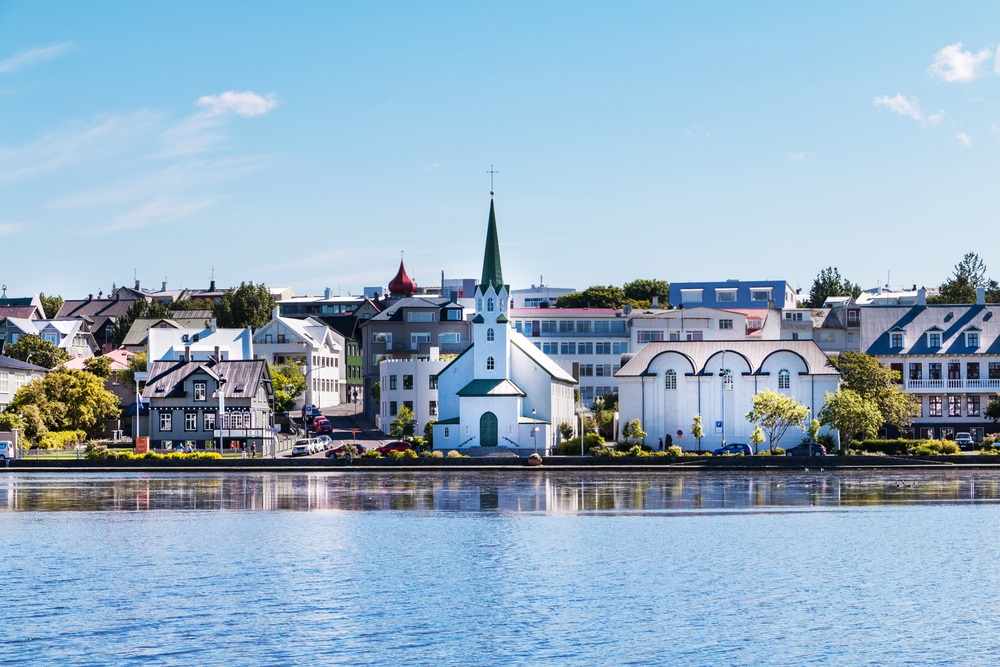
Resting right on the Seltjarnarnes Peninsula, Reykjavik is perfectly situated on the southwest coast of Iceland. The gateway into Iceland, Reykjavik is supported by both cruises into its extensive harbor and flights into Keflavik International Airport, located just 45 minutes southwest from the capital. Currently, the majority of airlines that fly into Keflavik are from Europe, however their are flights from Boston, Chicago, and New York City on Icelandair.
Once in Reykjavik, one can easily drive the entire length the island via Route 1, aka the Ring Road, which leads to all major townships. In winter parts of the road will close, however in fall, spring, and summer the road is clear.
Weather in Reykjavik
No matter the time of year, Reykjavik feels like a fairy-tale. There’s a reason Bjork is the magical artistic goddess from this city. Full of cozy, quirky places to visit, including restaurants and cafes (yes, there’s WiFi), stores and markets. Art adorns the city and there are a number of fantastic festivals throughout the year. Music is dominant, with loads of music stores and places to see live music, and though it may feel small, Reykjavik definitely has its own energetic and somewhat cosmopolitan heartbeat.
However, there are a few things you should know about the weather before you head on over. Firstly, the weather is unpredictable. Each season has its own feel to it, but you can almost get all four seasons in a day at times. The best thing you can do is make sure you take the right clothing that’s going to keep you warm and comfortable.
Like many places around the world, Summer is peak season. The landscape is beautiful and lush to explore, the nights are non-existent. Summer is the season of Midnight Sun, and while this is fantastic for adventures and experiencing cosmic wonder, your body may struggle to adjust, so be sure to pack a sleep mask!
Spring is short, but sweet. It’s not quite peak season, and that means you beat the real crowds, but you still get the long days and sunshine.
Thing slow down in Autumn, and the beauty of the landscape really stands out. Prices are lower due to the quiet season, and you’re free to enjoy Iceland in all its cold, and dreamy glory. Some roads are closed from September throughout the winter, so if you’re planning on driving outside of the city, make sure you’re informed about where is accessible. Some of these places are also only accessible by 4WD, so if you’re planning a road trip, do your homework!
It’ll come as no surprise that Winter here is really REALLY cold. December through February are the coldest months, when temperatures can drop below -30 degrees Celsius plus wind chill, so having the right clothing and equipment to keep warm is paramount. However, if a dark (seriously, there’s very little light in November and December) Christmas Eve by the fire with mulled wine, surrounded by folklore and an absolutely magical location sounds like your cup of tea, then you must make the journey!
Top Attractions in Reykjavik
Without a doubt, the best things to do in Reykjavik (and indeed all of Iceland) involve it’s natural beauty. The fantastical Northern Lights are most visible from October to March. Beyond that, you can see the natural beauty Iceland has to offer along the Golden Circle day trip, a popular 109 mile journey that takes you by Thingvellir National Park, and the Gullfoss (Golden Falls), and Haukadalur Valley, which features the Strokkur geyser. This geothermal wonder gushes water 60 to 100 feet into the air every few minutes.
No trip to Reykjavik is complete without a visit to the famous Blue Lagoon! This giant geothermal mineral spa receives thousands of visitors per year, and with good reason. The steaming blue waters warm you to the core as you soak in the surroundings, a wonderfully relaxing experience just 30 minutes outside the city.
Aside from Mother Nature’s magic, there are plenty of fascinating Museums and markets to experience. Laugavegur shopping district is an open air shopping space where you can pick up all kinds of Icelandic trinkets and gifts, though if it’s cold, Kringlan is the place to go.
Hallgrimur’s Church is the most photographed church in the country, and an absolute must see. There is also the Einar Jónsson Museum, centered on folklore and mythical legends, with both indoor and outdoor artworks and sculptures, and then, of course there is the National Museum of Iceland, an interactive space where you can discover the enchanting history of one of the most beautiful countries in the world.
| Dollar | Krōnas, although you can use credit cards almost anywhere. |
| Language | Icelandic, though most people are proficient in English. |
| Cultural Etiquette | When meeting someone new, it’s customary to offer your name and a handshake.
Icelandic people are notoriously quiet and gentle, but they do love to joke around light-heartedly. Unless you are an expert or it arises from conversation naturally, refrain from talking about the history and/or politics of Iceland. |
| Food | Icelandic people are very patriotic about their food, and there is a wide range of traditional dishes to try, from mink whale, to the infamous yogurt-cheese sensation of SYR, which is eaten at any and all times of the day.
Strangely, Reykjavik is also famous for hot dogs. Head over to Baejarins Beztu Pylsur for the best lamb hot dog on the planet. Oh, and you won’t find a McDonalds anywhere, but don’t fret, there’s plenty of other places to choose from. |
| Restaurant Etiquette | Meals in Iceland are considered relaxing, family style events. Food is generally eaten with a knife and fork, and it is expected that you finish the food on your plate.
Tips are already included in meal prices. |
| Safety | Relatively safe, but visitors should always take precautions while traveling.
|
| Getting Around | While the public transport system here is quite under developed, there are buses in Reykjavik, ferries to many of the fjords, and islands. Car rental is also available. Take extreme caution, drive to conditions, and consider where you plan to go whilst choosing the type of car you rent. Your best bet is going on some of the many available tours. |
| Emergency Services | 112 |
| Additional Resources | http://www.visiticeland.com/ |
If you want to discover more amazing destinations or learn all the tips and tricks to planning your next vacation, please subscribe to our Tours4fun Newsletter below.
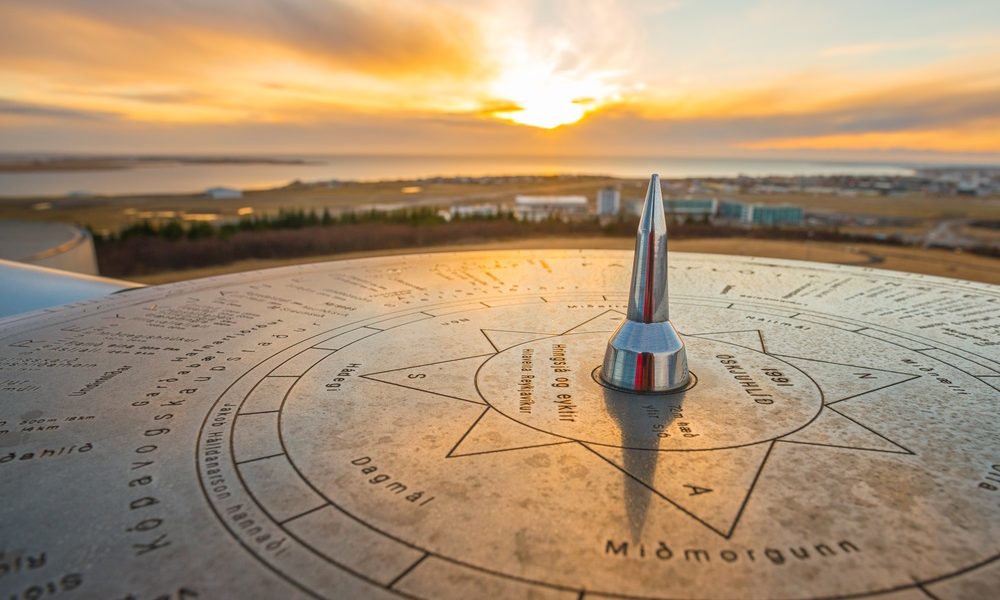

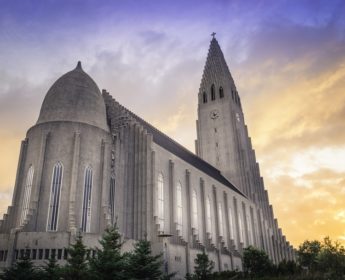
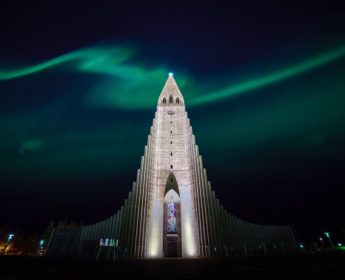
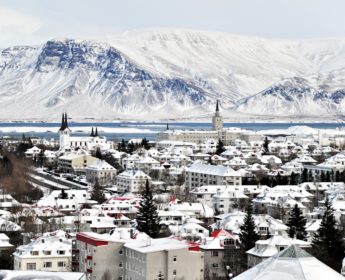


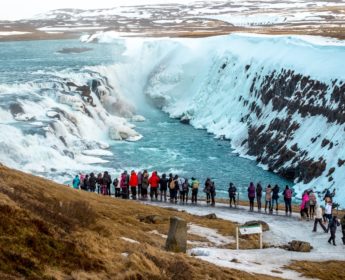
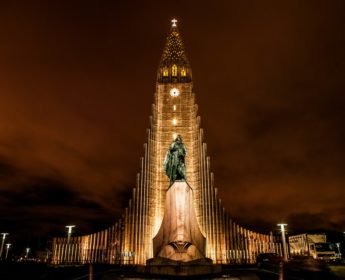
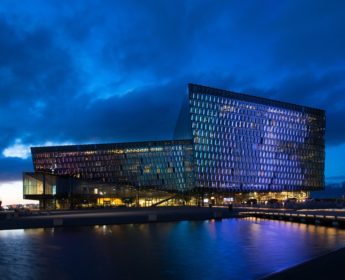
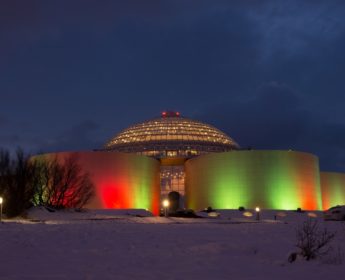
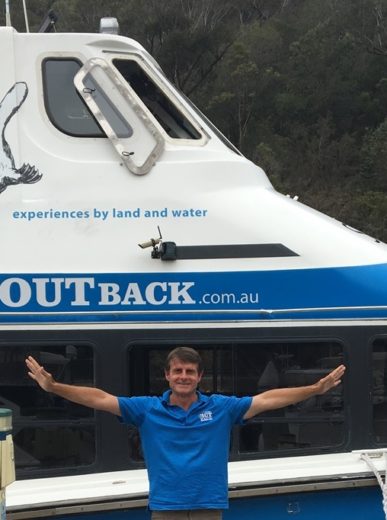




Golden Falls such a beautiful place famous Blue Lagoon aswell and good mineral spa steaming blue waters warm you to the core as you feel better